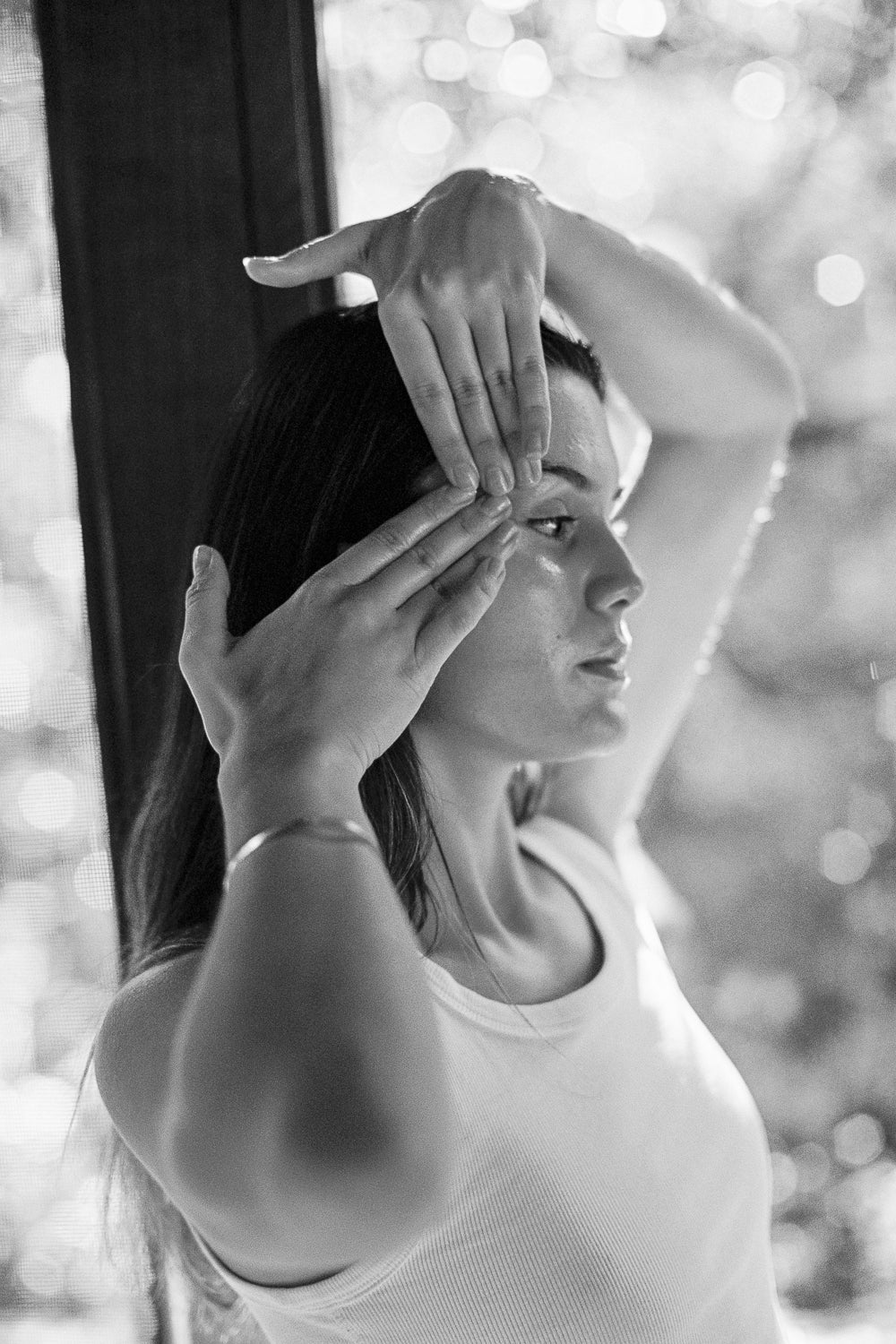
Facial Cupping vs. Gua Sha vs. Manual Lymphatic Drainage — What’s the Difference?
Share
Facial massage isn’t just about “sculpting”. These techniques work on deeper layers — skin, fascia, muscles, and lymphatic pathways — to restore flow, release tension, and keep the skin working at its best. They all feel different, and each has its own strengths.
1. Facial Cupping
Facial cupping uses small silicone or glass cups to create a gentle vacuum on the skin. That suction lifts the skin and the tissues underneath, which can:
- Get fresh blood moving through the area, bringing oxygen and nutrients
- Move along the lymph fluid so excess puffiness and waste products can clear out
- Loosen fascia — the thin connective tissue that can tighten up and restrict movement
Best for: dull or sluggish skin, puffiness, jaw or cheek tension
What it feels like: a light suction and glide, almost like the skin is being softly lifted away from the muscle. If it’s done right, it’s relaxing and never painful.
Things to know: the right oil and technique matter. Too much suction or holding the cup still can bruise or break capillaries. Done gently, it wakes up the skin without stressing it.
The Science: The suction changes pressure just under the skin, which opens up tiny capillaries and brings in fresh, oxygen-rich blood. The lift also stretches the fascia slightly, helping it release so circulation flows more freely.
2. Gua Sha
Gua Sha is a traditional East Asian method using a smooth stone tool (like jade, rose quartz, or bian stone) to sweep across the skin. The strokes can:
- Guide lymph fluid towards where it drains
- Boost microcirculation to feed skin cells
- Relax tight facial muscles, softening tension lines
- Loosen fascia so the skin moves more easily
Best for: easing jaw and temple tension, calming inflammation, softening tight areas in the face
What it feels like: smooth, steady strokes along the skin. Once you find a rhythm, it’s deeply calming and can feel almost meditative.
Things to know: consistency is everything — a few minutes, a few times a week works best. Heavy scraping isn’t needed and can actually irritate skin.
The Science: The sweeping motion works on both the lymphatic and blood vessels. It also stimulates nerve endings that respond to gentle pressure and movement, which helps muscles switch out of “tight” mode and signals the body to relax.
3. Manual Lymphatic Drainage (Facial)
Manual Lymphatic Drainage (MLD) is a hands-only technique with slow, very light movements to move lymph fluid towards drainage points in the face, neck, and collarbone. It can:
- Shift excess fluid and waste out through the lymphatic system
- Soothe inflammation and irritation
- Help the whole body drop into a calmer, more relaxed state
Best for: puffiness, redness, post-treatment healing, or when skin feels heavy and stagnant
What it feels like: slow, light, rhythmic movements — so gentle it can feel like nothing’s happening, yet the skin often looks lighter and fresher afterwards.
Things to know: the pressure is extremely light. Too much weight in the hands can squash lymph vessels and stop flow. It’s about direction and precision, not depth.
The Science: The lymphatic system sits just under the skin and has no pump of its own — it relies on movement and manual stimulation to keep things flowing. MLD copies the body’s natural rhythm to guide fluid towards the lymph nodes, where waste is filtered before rejoining circulation.
Using All Three Together
You don’t always need to pick one. Cupping can lift and get things moving, gua sha can smooth and release tight muscles, and MLD can open the pathways so everything clears out properly. When they’re blended in the right order, you get better circulation, less stagnation, and skin that feels calmer and more open.
